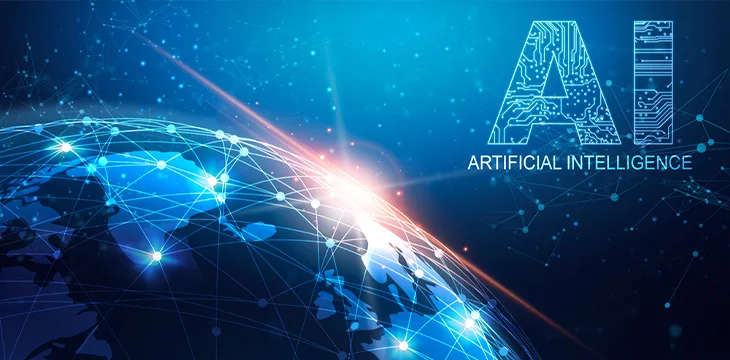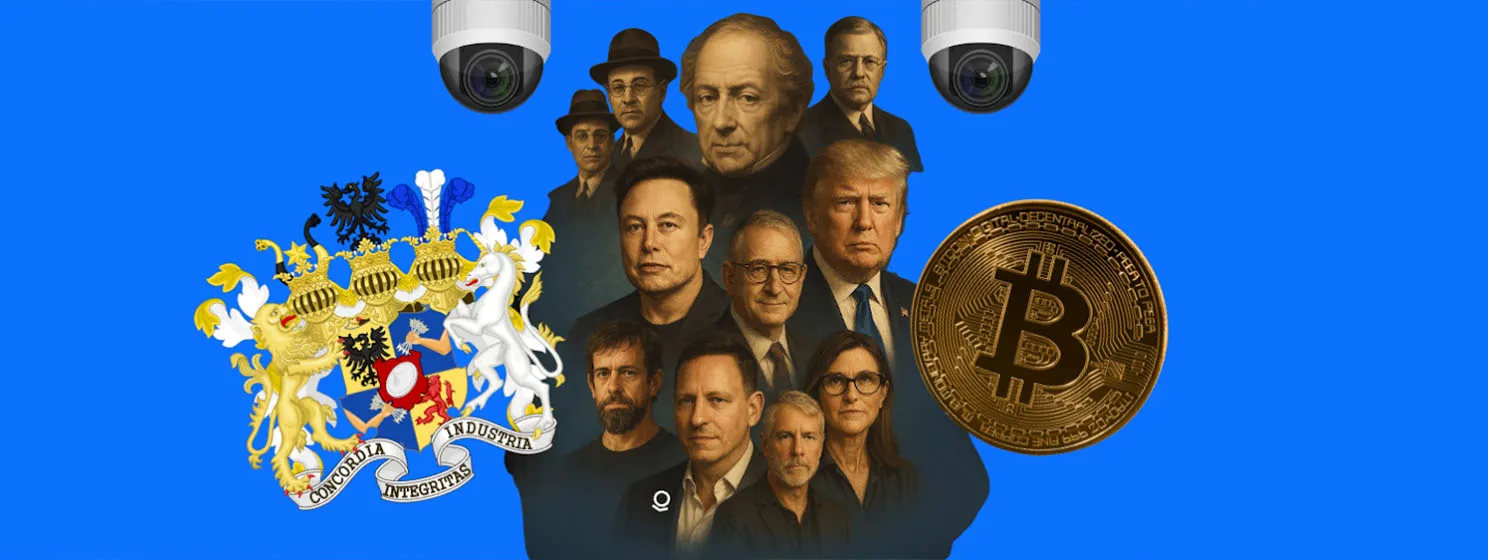|
Getting your Trinity Audio player ready...
|
Over the past decade, a few technologies have emerged as ideal platforms to build on. First, we saw this happen with blockchain, as the world looked to distributed ledgers for decentralized sources of transaction and truth with increased security.
Recently, we have seen this happening with artificial intelligence (AI) as people turn to AI systems to automate tasks and increase efficiency and productivity.
Independently, each technology has been deeply explored, with many individuals and businesses building and implementing systems that incorporate each piece of tech. But what has yet to be explored is how AI and blockchain can be used in the same tech stack for enhanced outcomes.
When to use AI, blockchain, and both
Although each technology has a variety of use cases, blockchain technology is considered a robust tool when individuals or organizations require a secure, transparent, and immutable record-keeping system or peer-to-peer transactions. It’s particularly effective in scenarios where secure transactions and transparency are crucial. On the other hand, AI is integrated into technology stacks to enhance decision-making, automate complex processes, and provide predictive analytics. It shines in scenarios that benefit from data analysis, pattern recognition, and automation.
That being said, there are several areas where these two technologies can come together; any system that is using a blockchain for record-keeping can run a predictive AI model on the overall data set to make educated guesses and flag up future possibilities given past data. For example, in healthcare, blockchain can securely manage patient records while AI analyzes these records for predictive diagnostics.
Similarly, an AI model can be used to analyze a large dataset to identify patterns that could be useful in several industries, like finance, where the AI could pick up on patterns or anomalies with characteristics that indicate that fraud or unusual activity is taking place. These are just two of the many examples that exist. However, when AI and blockchain are combined, you can capitalize on the security and reliability of a blockchain ledger while leveraging AI for its dynamic abilities to process and automate.
I will also add that AI can significantly lower the barrier to entry into the blockchain world. In the past, finding a skilled blockchain developer was difficult and expensive. However, the proliferation of generative AI tools on the market has significantly changed this, empowering a broader range of individuals to develop blockchain-based software as long as they can effectively communicate their vision to the AI model.
This evolution marks a shift, where the emphasis moves from specialization in software development to the ability to articulate desired outcomes in the right language for AI, which democratizes the blockchain industry and makes it much more accessible and easy to participate in.
The challenges of integrating AI with blockchain
However, integrating AI and blockchain into a single tech stack comes with its own challenges, with each hurdle rooted in each technology’s obstacles. While highly effective for financial transactions and record keeping, blockchain often needs to answer the tricky question of “does it make more sense for me to store this on a blockchain vs. a regular database?”
Even when blockchain can provide benefits over its existing alternatives, adopting blockchain often means overhauling existing systems that have been in place for ages and have worked “good enough” for their companies. This overhaul tends to be more expensive and resource-intensive than beneficial for many companies.
On the other hand, AI often relies on the service providers that create the dominant AI models that most individuals choose to build, train, and deploy their systems on. However, this often raises data security concerns, which is one of the reasons why many large companies encourage their employees not to enter anything confidential or proprietary into popular AI systems like ChatGPT. AI also runs the risk of ‘hallucination,’ where errors or misinformation can occur in their outputs.
Together, these two technologies amplify certain challenges, particularly around data security. Companies often choose blockchain for its secure, encrypted nature, but feeding this secure data into AI models may risk exposing it, undermining one of the primary purposes of using blockchain.
Additionally, the financial aspect cannot be overlooked. Implementing AI is not always cost-effective, especially when considering the costs associated with training these systems and employing specialized, high-wage personnel to build, train, or operate the models.
This cost-benefit imbalance might deter companies from integrating AI into their existing blockchain systems, and it highlights a crucial barrier that will need to be overcome or solved before we are likely to see these technologies used in the same tech stack more often.
The untapped potential of AI in blockchain
Theoretically, AI can be used in blockchain systems to run predictive analytics on the data that lives on the blockchain ledger, to identify patterns in the data within the ledger, and to identify or flag up anomalies that can be derived from the on-chain data. However, we have not seen much of this in action yet, or if it is in action, it has not been highly publicized.
I am sure that many finance-based blockchain apps—think exchanges and wallets—already use some form of AI/machine learning (ML) to detect anomalies that indicate fraud or other behavior that needs to be reviewed by a human. So maybe one reason that we don’t hear more about the intersection of blockchain and AI is that AI/ML has most likely lived quietly within some blockchain-based application for several years now as a tool that helps companies operate.
Outside of those financial use cases, I am unaware of any companies working at the intersection of blockchain and AI. Although I may just be unaware of their existence, the fact that there is a lack of awareness about companies building at this intersection could serve as some signal that there may be some sort of greater, prohibitive reasons why the intersection of AI and blockchain is not being deeply explored at this point.
In order for artificial intelligence (AI) to work right within the law and thrive in the face of growing challenges, it needs to integrate an enterprise blockchain system that ensures data input quality and ownership—allowing it to keep data safe while also guaranteeing the immutability of data. Check out CoinGeek’s coverage on this emerging tech to learn more why Enterprise blockchain will be the backbone of AI.
Watch: What does blockchain and AI have in common? It’s data

 07-15-2025
07-15-2025 





